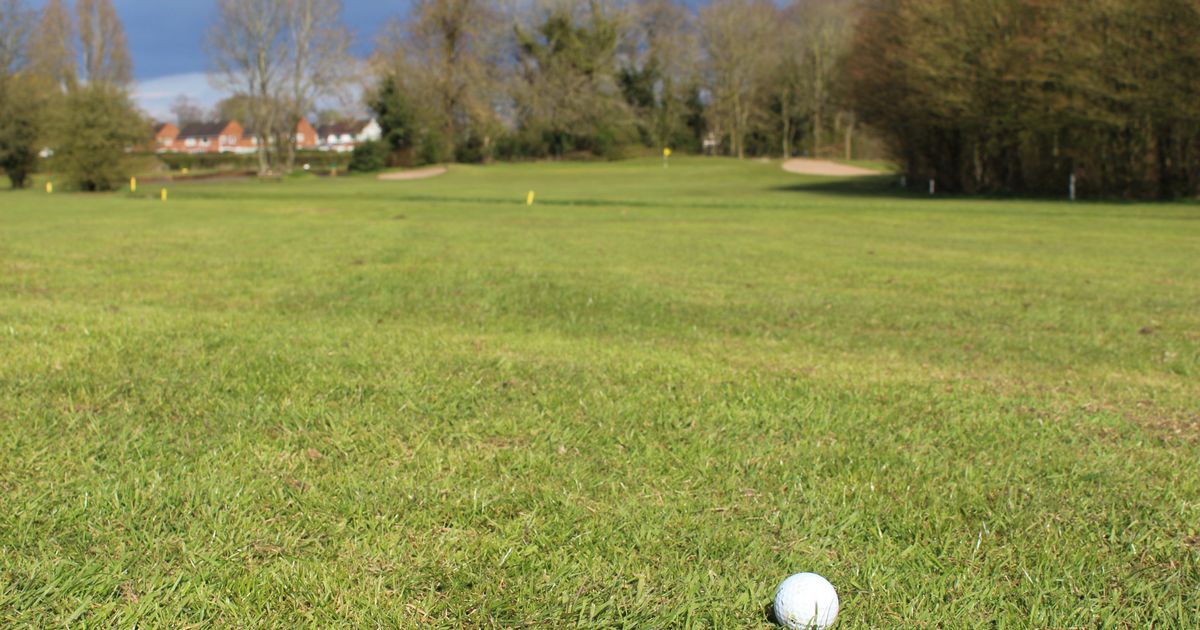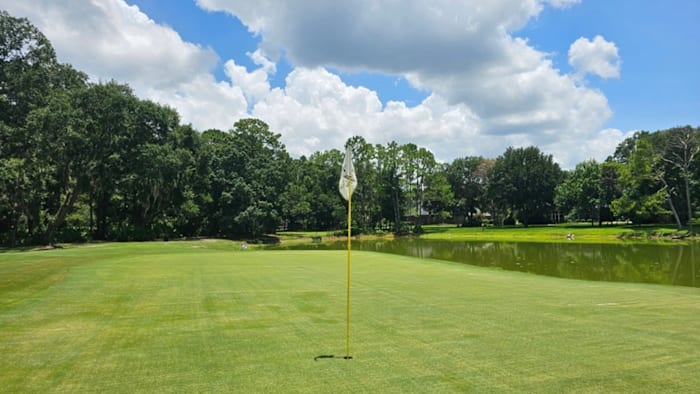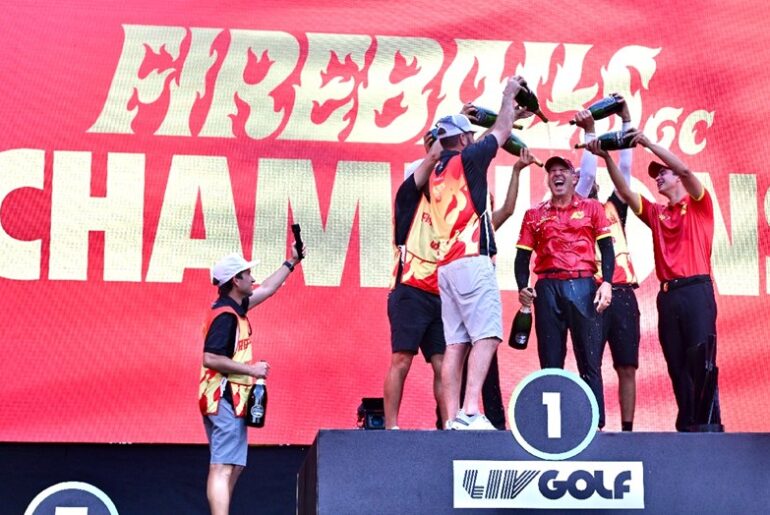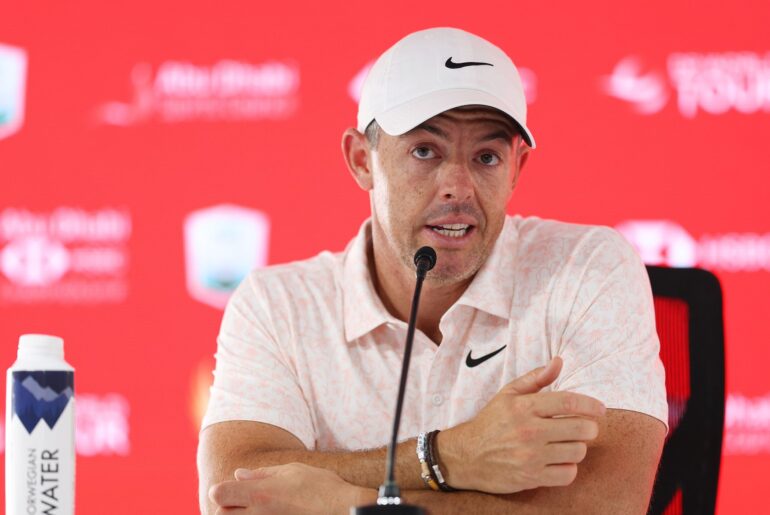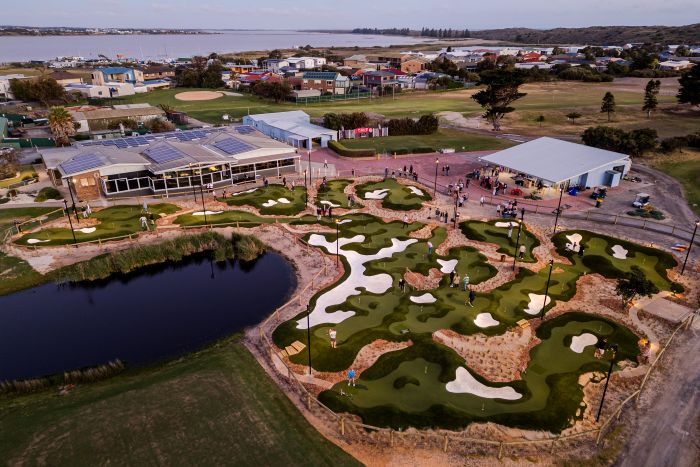‘Never yet on this island has there been a greater slaughter’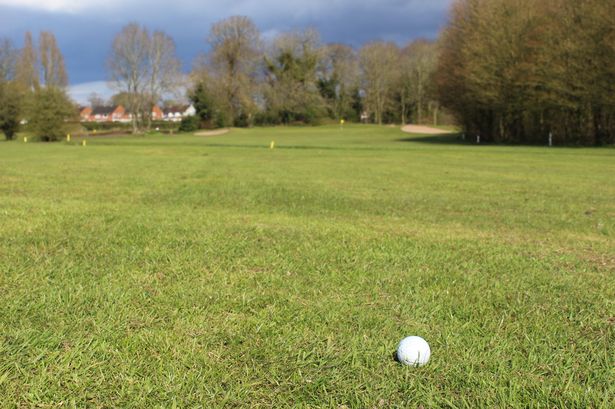 Brackenwood Golf Course in Bebington pictured before it closed
Brackenwood Golf Course in Bebington pictured before it closed
Brackenwood Golf Course in Bebington, Wirral, has stood empty since its closure in 2022. Once alive with the thwack of drives and the chatter of weekend players, its fairways now lie silent. Yet some historians believe the ground hides echoes of a much noisier, bloodier past – the site of the Battle of Brunanburh in 937.
For centuries, historians have argued over where Brunanburh took place. Some point to Yorkshire, others to Lancashire or even Northamptonshire. But a growing body of research suggests this patch of Merseyside turf could have been where England was born.
The battle pitted King Athelstan, grandson of Alfred the Great, against a formidable alliance of Norse, Irish and Celtic kings led by Anlaf of Dublin and Constantine of Alba. Determined to halt Anglo-Saxon expansion, their armies marched south, meeting Athelstan’s forces on a patch of land that many now believe was in Bebington.
The fighting was ferocious. The Anglo-Saxon Chronicle records: “Never yet on this island has there been a greater slaughter. When it was over Athelstan and his brother Edmund returned to Wessex, leaving behind corpses for the dark black-coated raven, horny-beaked, to enjoy.”
It was not just a clash of armies but of destinies: the outcome would determine whether the warring kingdoms became a united England.
While it’s not certain where the battle was fought, the most popular theory is that it occurred at Brackenwood. Bromborough, just a short walk from the course, which held the Norse spelling until the 18th century, and the Wirral was a Norse settlement, offering the perfect landing spot for Dublin’s Viking fleets.
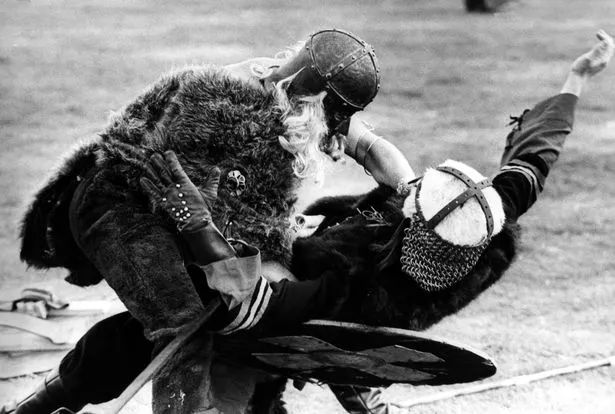 Wirral is believed to have been the site of the Battle of Brunanburh (Image: Mirrorpix)
Wirral is believed to have been the site of the Battle of Brunanburh (Image: Mirrorpix)
Mike Keating writes, in his book “Secret Liverpool – an unusual guide”: “On the 18th green at Brackenwood Golf Course, it is hard to believe that this may be the site of the mother of all bloodbaths in the turf war between the Anglo-Saxons and the Vikings.
“Somewhere on Bebington Heath in 937, the army of Athelstan took on the might of Anlaf’s Norse invaders from Dublin and their Celtic allies in a battle for the future of England.
“After 200 years of bickering, bribery and bloody warfare, the Anglo-Saxons were hoping to rid themselves of the Dane once and for all.
“The battle is placed on Merseyside for several reasons. A poem in the Anglo-Saxon Chronicle names Brunanburh (meaning Bruna’s Fort) as the battle site (until the 18th century, Bromborough enjoyed the Norse spelling).
“The Wirral peninsula had become ‘a well-established community of Norse settlers…sympathetic to any military Norse expedition entering or leaving by either estuary’.
“With the Dee on the Irish Sea, this was the most logical landfall for any invading force from Dublin. In the event of defeat, a quick getaway was assured.”
Victory at Brunanburh was decisive. Athelstan crushed the Norse-Celtic alliance, securing his borders and cementing his rule as the first true King of England. It was the moment England, Scotland and Wales began to take the shape we know today.
Now silent, Brackenwood hides its history well. But to some, the ground still whispers of the day England was forged in blood.

